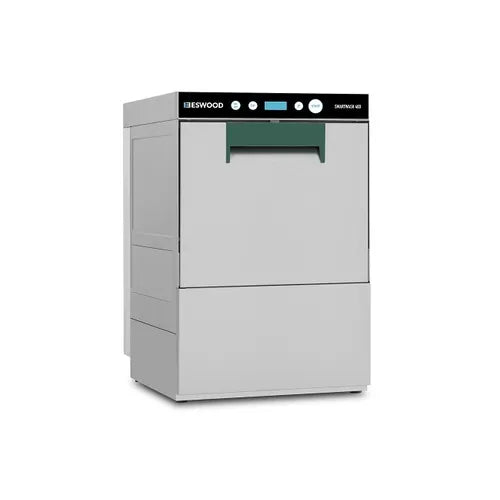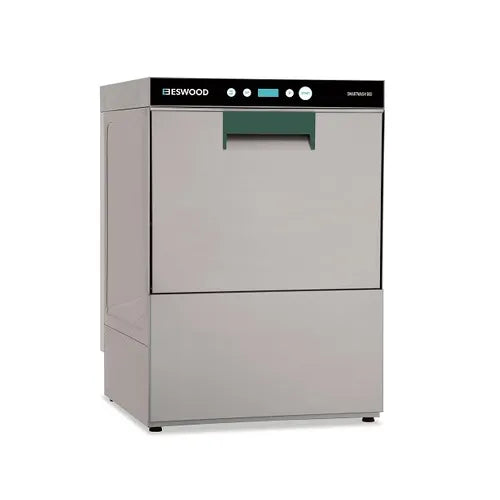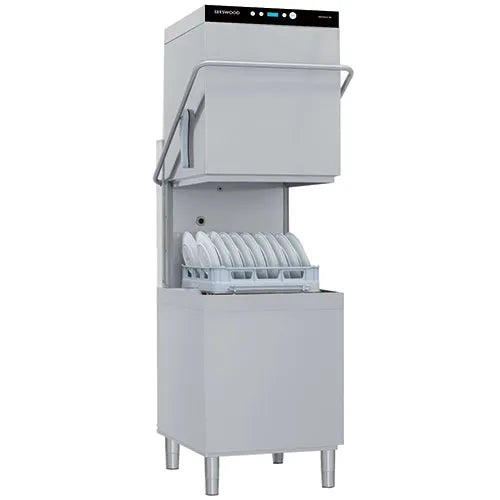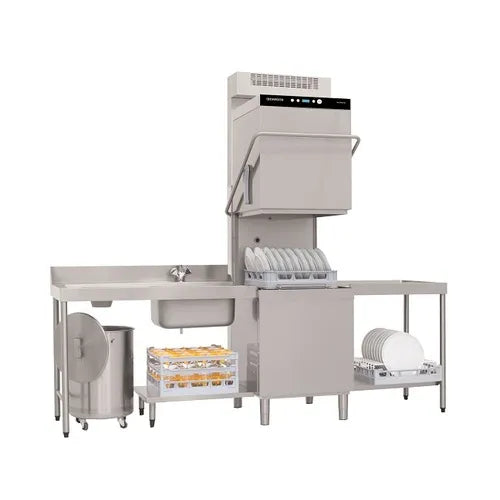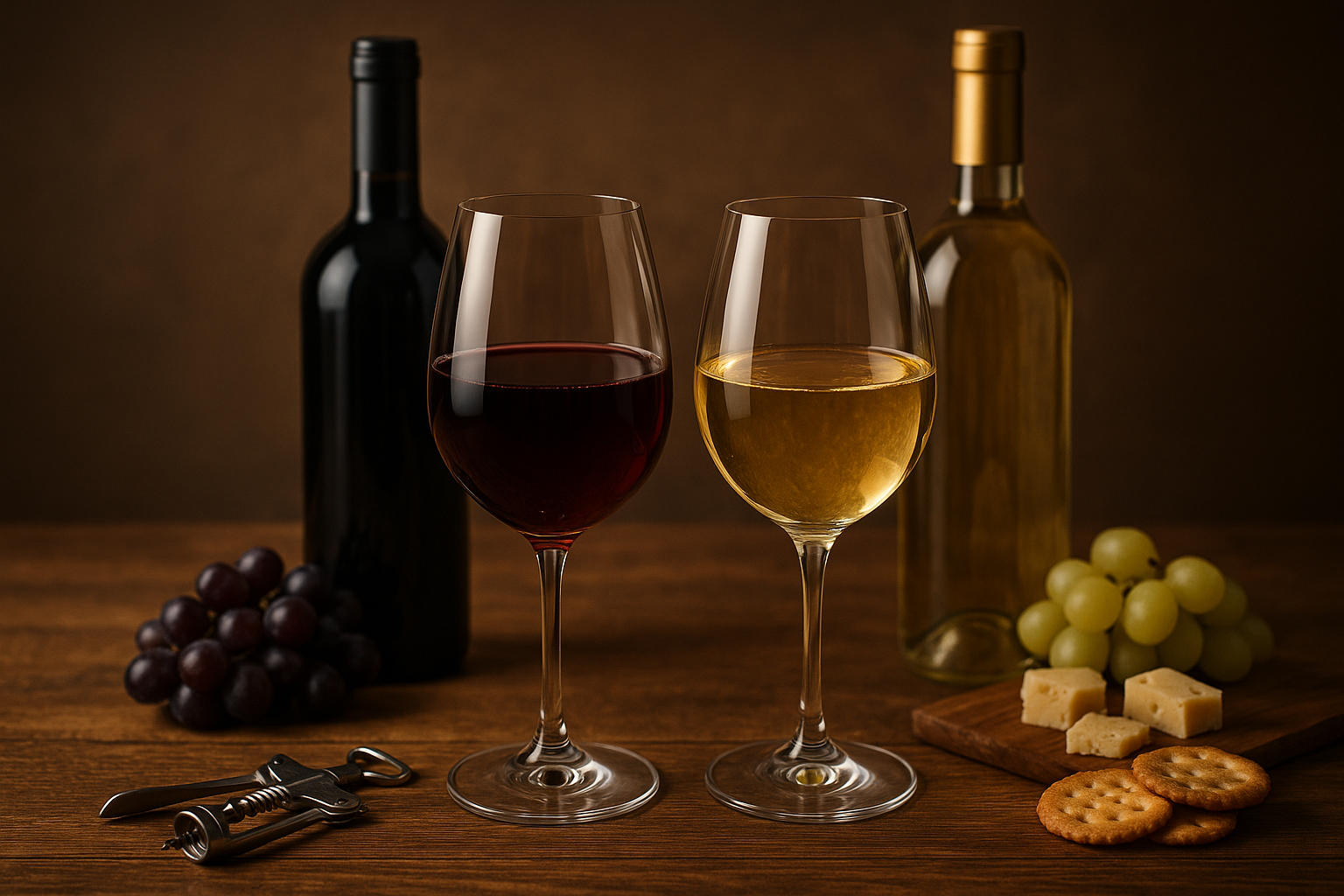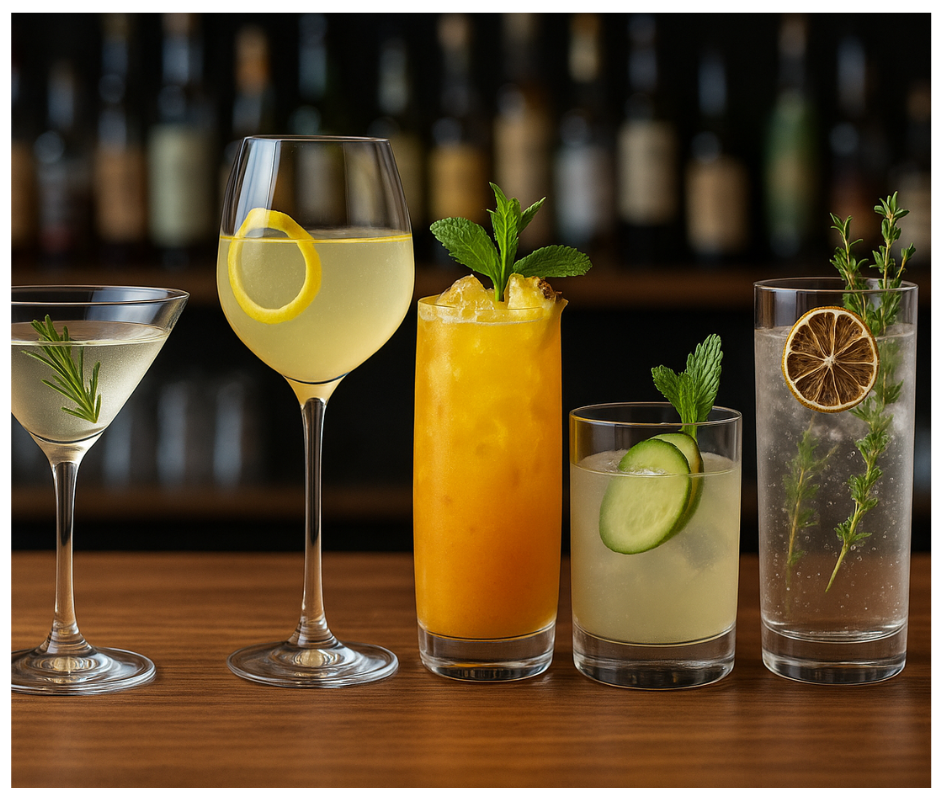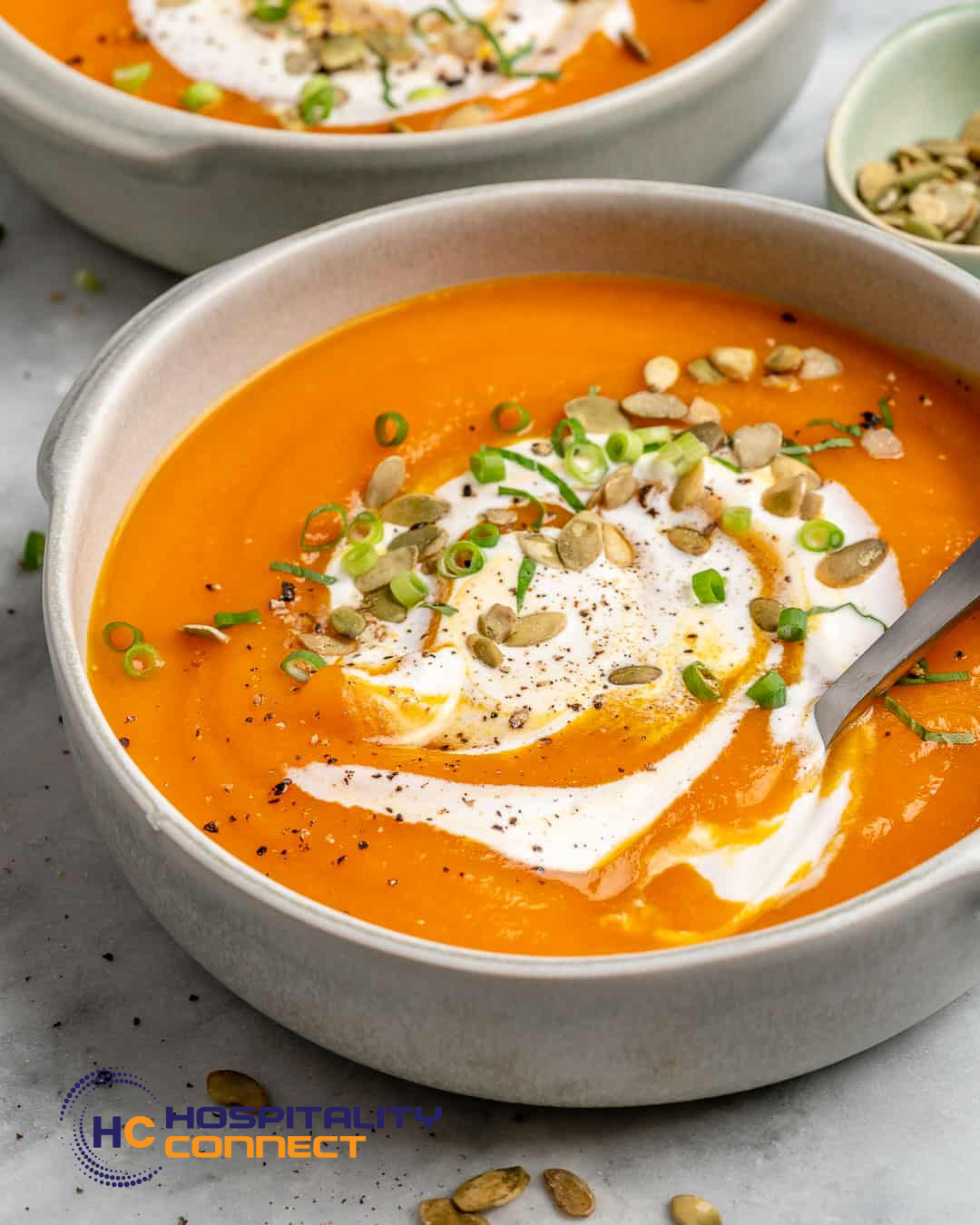When it comes to wine, the glass you choose is more than just a vessel—it can actually enhance or diminish the tasting experience. At Hospitality Connect, we know that every detail counts, from the wine selection to the glass it’s served in. But what exactly makes red and white wine glasses different? And can you really put white wine in a red wine glass without ruining the flavor? Let’s break it down.
1. Key Differences Between Red and White Wine Glasses
While both types of glasses are designed to elevate the aroma and flavor of wine, their shapes vary for specific reasons:
Red Wine Glasses:
-
Larger Bowl – Allows for more oxygen exposure, which helps release complex aromas.
-
Wider Opening – Directs wine to the middle of the tongue, balancing bold flavors and tannins.
-
Taller Stem – Keeps hands away from the bowl, preventing unnecessary heat transfer.
White Wine Glasses:
-
Smaller Bowl – Helps preserve the delicate, crisp notes of white wines.
-
Narrower Rim – Directs the wine toward the tip of the tongue, enhancing acidity and fruitiness.
-
Slimmer Design – Maintains cooler temperatures for longer, which is essential for whites.
2. Can You Use a Red Wine Glass for White Wine?
Yes, you can—but it’s not ideal. A red wine glass has a larger bowl, meaning the wine warms up faster and aromas disperse more quickly. While this won’t make your wine taste “bad,” it may:
-
Dull the crisp, refreshing qualities of white wine.
-
Alter its intended aroma profile.
-
Make light-bodied whites feel less vibrant on the palate.
For casual sipping, it’s perfectly fine to use whichever glass is available. However, for tastings or fine wines, using the proper glass enhances the experience significantly.
3. Why the Glass Shape Affects Wine Taste
Wine glass design impacts three major elements of the tasting experience:
-
Aroma Concentration: A narrow rim captures aromas better, while a wide rim allows them to disperse.
-
Temperature Control: Smaller bowls help keep whites cool, while larger bowls allow reds to breathe.
-
Flavor Direction: The angle and width of the rim influence where the wine lands on your tongue, subtly altering perceived sweetness, acidity, or bitterness.
The right glass doesn’t change the wine itself but ensures you experience it exactly as the winemaker intended.
Final Thoughts: Does It Really Matter?
While you can drink any wine from any glass, using the correct glass type enhances flavor, aroma, and overall enjoyment. At Hospitality Connect, we believe that the details—like the perfect wine glass—elevate hospitality from good to exceptional.


